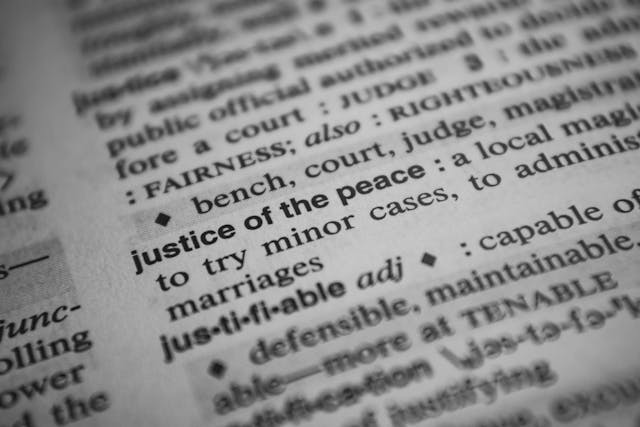Introduction: How to Use a Hyphen Correctly in Your Writing
Understanding how to use a hyphen correctly is essential to becoming a skilled writer, whether you’re crafting an email, writing an academic paper, or simply improving your grammar skills. The hyphen is a small punctuation mark that plays a crucial role in clarifying meaning, enhancing readability, and connecting words or parts of words. Without proper hyphen usage, your writing may appear confusing or disorganized, leaving readers unsure of your message. This guide will walk you through the proper uses of hyphens, provide examples, and teach you how to use a hyphen correctly in various situations.
As we dive deeper into this topic, you will learn when to use a hyphen, when it’s unnecessary, and how hyphens differ from other punctuation marks, such as dashes. Let’s start with the basics!
1. Understanding the Role of the Hyphen
Hyphens are often confused with dashes, but knowing how to use a hyphen correctly can clear up this confusion. While a dash is used for separating ideas or adding emphasis, a hyphen connects words or parts of words. Commonly, hyphens are used in compound words like well-known or self-esteem.
2. When to Use a Hyphen with Compound Adjectives
One of the most common uses of hyphens occurs with compound adjectives. These are adjectives made up of two or more words that work together to modify a noun. You need to know how to use a hyphen correctly in such situations. For example, long-term goals and full-time job are both compound adjectives that require hyphens. However, when these phrases appear after a noun, the hyphen is often omitted.
3. The Importance of Hyphens in Compound Numbers
In compound numbers between 21 and 99, hyphens are used to join the tens and ones place. For instance, you write twenty-one, thirty-eight, and ninety-nine with hyphens, ensuring clarity. Knowing how to use a hyphen correctly when writing numbers ensures your work remains readable and professional.
4. Hyphens in Prefixes and Suffixes
Hyphens also come into play when using certain prefixes or suffixes. While unhappy does not require a hyphen, re-enter and self-made do. Understanding how to use a hyphen correctly with prefixes and suffixes can prevent miscommunication, especially in more complex or formal writing.
5. Hyphens vs. Dashes: The Difference Explained
Many people struggle to differentiate between hyphens and dashes. Knowing how to use a hyphen correctly means understanding when to use a hyphen and when to opt for a dash. Dashes (especially the em dash) are used to create emphasis or indicate a break in thought. Hyphens, on the other hand, are used to connect words, like in high-speed chase.
6. Using a Hyphen for Clarity in Compound Nouns
In compound nouns, hyphens help ensure clarity. For example, sister-in-law and mother-in-law would be confusing without hyphens, as they could be misinterpreted. How to use a hyphen correctly in compound nouns is vital for understanding relationships or structures within sentences.
7. How to Use a Hyphen Correctly in Titles
In titles and headlines, hyphens can make a significant difference in the meaning. A title such as “State-of-the-Art Technology” demonstrates how to use a hyphen correctly when dealing with complex phrases. In this case, the hyphen connects multiple words into a single descriptive term.
8. How to Use a Hyphen Correctly with Family Terms
In family terms, like father-in-law or step-sister, hyphens are used to clarify the relationship. These terms would be ambiguous without proper hyphenation, so understanding how to use a hyphen correctly in these cases is key for accurate communication.
9. Avoiding Common Mistakes with Hyphens
Many writers make mistakes with hyphen usage, such as overuse or incorrect placement. For example, high school does not require a hyphen, but high-risk does. Being mindful of when to use a hyphen and when not to can help you avoid common pitfalls. How to use a hyphen correctly becomes easier with practice and attention to detail.
10. Advanced Tips for How to Use a Hyphen Correctly in Complex Sentences
In complex sentences, where multiple adjectives or phrases interact, it can be easy to misuse hyphens. For instance, when describing well-behaved children, it’s important to place the hyphen between “well” and “behaved” to form a compound adjective. Learning how to use a hyphen correctly in advanced cases will elevate your writing and ensure it remains professional.
Conclusion: Mastering How to Use a Hyphen Correctly
In conclusion, how to use a hyphen correctly is a crucial skill that every writer should master. Whether you’re creating compound adjectives, separating prefixes and suffixes, or avoiding confusion in complex sentences, the hyphen plays an important role. With this guide, you now have a better understanding of when to use a hyphen and when not to. By practicing and applying the rules shared in this article, your writing will become more precise and effective.

Share this:
- Click to share on Facebook (Opens in new window) Facebook
- Click to share on X (Opens in new window) X
- Click to share on LinkedIn (Opens in new window) LinkedIn
- Click to share on Reddit (Opens in new window) Reddit
- Click to share on X (Opens in new window) X
- Click to share on Threads (Opens in new window) Threads
- Click to share on WhatsApp (Opens in new window) WhatsApp




